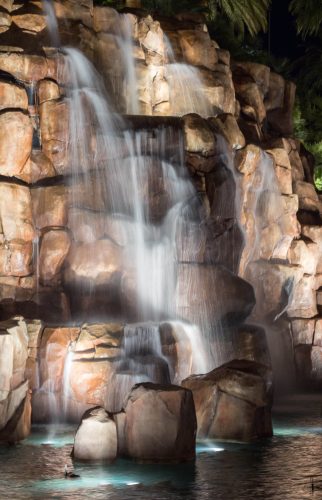
When you bought your DSLR camera, most likely it came with a kit lens. Modern kit lenses are a great pace to start. However, after a while, you may find yourself itching to try other lenses. There are so many lenses on the market that it’s often overwhelming narrowing down one or two lenses to buy. A 50mm prime lens is a natural choice for a first prime lens. 50mm f/1.8 lenses are very affordable and allow you to explore a wide variety of techniques while gaining confidence as a photographer.
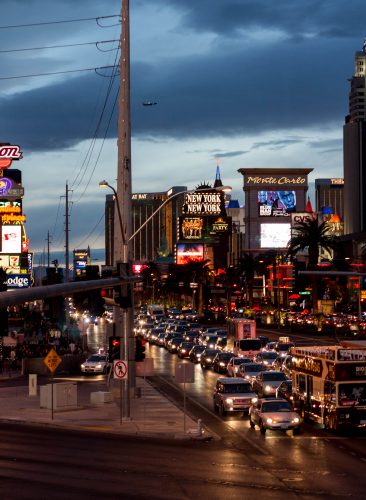
Versatility
50mm is a versatile focal length on both full frame and cropped sensor DSLR cameras. You’ll be hard pressed to find another lens that allows you to explore such a wide range of subjects with such ease, especially for the price tag. The 50mm focal length is ideal for street photography, landscapes, portraits, and much more. You can even reverse mount a 50mm lens and experiment with macro photography. Once you’ve taken your 50mm out for a day, either around town or while on vacation, you won’t know what you did without it.
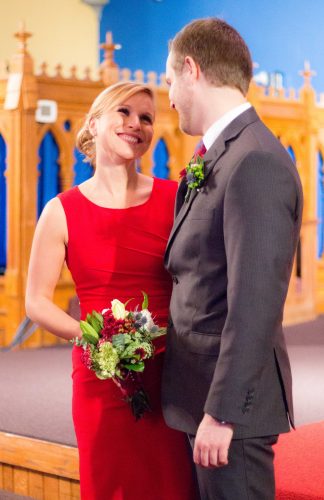
Portraits
50mm is a very flattering focal length for portraits, again both on full frame and cropped sensor DSLR cameras. Longer focal lengths often distort human proportions, and it’s difficult to photograph people with a focal length longer than 85mm, especially groups of people in indoor settings. 50mm strikes just the right balance while giving you the versatility for other types of photography, too. The large aperture also helps the subject pop against the blurred background.

Low-light
The large aperture of the 50mm prime lens enables fantastic low-light shooting. You’ll be able to shoot in many low-light settings at low ISO levels. In extreme low-light situations (i.e. rock concert, night club), don’t be afraid to boost your ISO. Your photos may be a little noisy, particularly when you’re shooting with an entry-level DSLR, but it will be well worth it for the shots you’ll be able to capture.
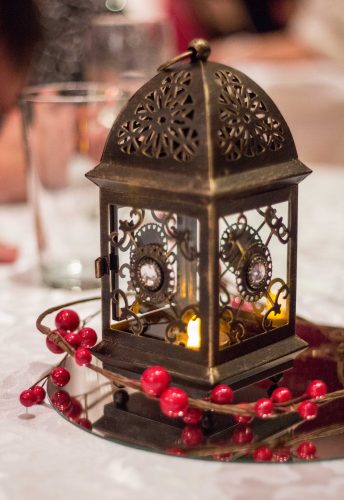
Details
It’s so important to capture the smaller details in life to tell a whole story. For example, when you’re at a wedding, taking pictures of the centerpieces and flowers or getting a close-up of the bride’s dress to highlight the lace detail, gives more insight into the entire event than the posed group pictures give on their own. A 50mm lens makes it simple and fun to capture these details in crisp focus against creamy, bokeh backgrounds.
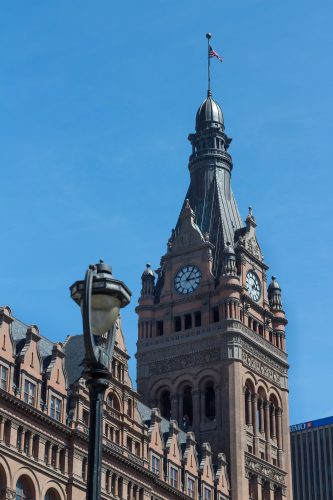
On the go
The Canon and Nikon 50mm f/1.8 lenses are very light, weighing in at 0.35 lbs and 0.34 lbs respectively, making them ideal for on the go shooting. When you’re spending hours on your feet sightseeing and shooting in New York City or London, you don’t want to be weighed down with heavy camera gear. A 50mm lens enables you to take great shots in a variety of locations with a lightweight combination of gear.
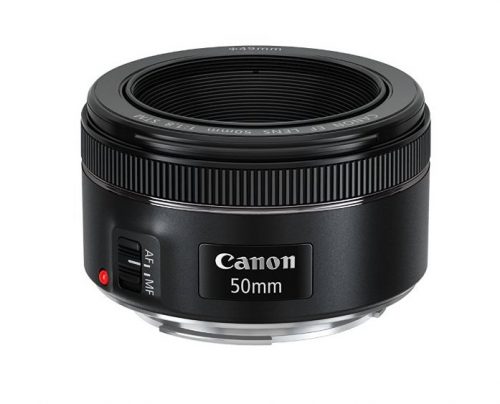 Which 50mm prime lens should I buy?
Which 50mm prime lens should I buy?
The 50mm f/1.8 is one of the most popular lenses on the market and with good reason. If you’re brand new to shooting prime and looking for a solid, affordable lens, you can’t go wrong with the 50mm f/1.8. Both Canon and Nikon offer models. If you’re prepared to spend a little more money and get better quality, consider the Canon 50 f/1.4 or Nikon 50 f/1.4. Finally, if you’re looking for a high-quality prime lens, pick up the Sigma 50mm f/1.4 ART. The crisp detail, fast focusing, super creamy backgrounds, and solid build quality rival the tried-and-true f/1.2 models at a much lower price.


Great article, thank you.
The key issue, for me, is whether the camera is a DX or FX, and the key question is whether a 35mm (DX) takes the same quality of picture as a 50mm (FX).
Hi,
Yes it will. Camera manufacturers make 35mm lenses for DX format just for this purpose. They are even smaller and less obtrusive than the FX variants, without losing quality.
On a DX-sensor, a 50mm lens equals to 75mm on FX, so the versatility you point out in your article is limited on DX-cameras in my view. But for Nikon at least, the 35mm f/1.8 DX is an excellent lens. And on FX, the Nikkor 50mm f/1.8 is equal to or even better than the Nikkor 50mm f/1.4, but half the price.
Great article, definitely as an entry level lens the 50mm is worth it. It’s great for light weight use around town. And in a strange way, not having to worry about zooming in or out is kind of liberating, as it’s one less thing to worry about, you might even end up learning more about composition and having to get into the right place for the perfect shot as a by product.
Great points! Shooting with a prime lens is an excellent way to work on your composition skills.
Great tips. Shooting with a 50mm prime lens is great, especially when you encounter a low-light environment. For beginners and amateur photographers this is the way to go.